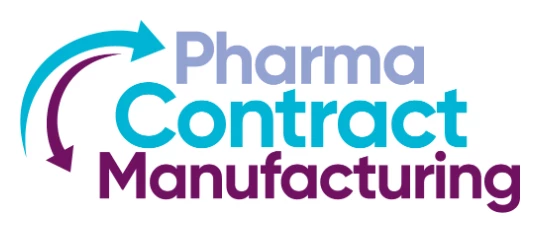J&J Case Study: Internal & External Collaborations in Compound Management
Add bookmarkCommunication and collaboration have been labeled as the foundation to the drug discovery process, which is clearly reflected within compound and sample management.
When assessing the navigation of logistical challenges attached to global sample management, synchronized collaboration between compound management colleagues is considered vital to the department’s efficiency, regardless of the organizational model being used. Accurate internal collaboration is even seen to be more integral to the department’s performance than a common reporting structure.
External compound management collaborations also rely on a clear two way channel of communication, to ensure both the project is fully understood by all stakeholders and a solid business relationship is established.
With this in mind, Pharma IQ discussed the subject of internal and external collaboration in compound management with a panel of experts from Johnson & Johnson
[inlinead]
Have Your Say
Rate this feature and give us your feedback in the comments section below




















